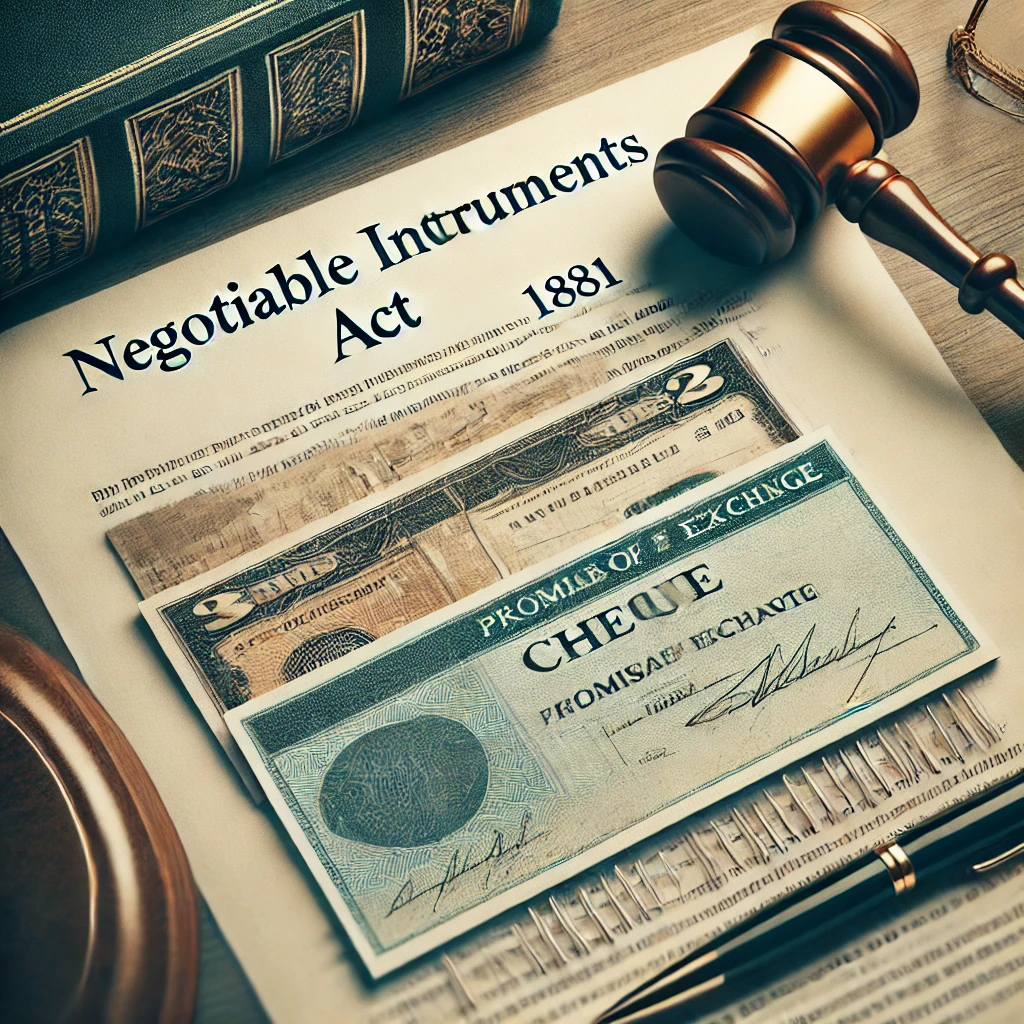Measures of Money Supply
Money supply refers to the total amount of money available in an economy at a given time. It is measured using different aggregates, commonly classified as M0, M1, M2, and M3.
1. M0 (Monetary Base or Narrow Money)
Comprises cash in circulation and commercial banks’ reserves held with the central bank.
It is the most liquid form of money.
Learn more about Money Creation by Commercial Banks.
2. M1 (Narrow Money)
Includes M0 + demand deposits (checking accounts) in commercial banks.
Represents money readily available for transactions.
Explore more on Narrow vs Broad Money.
3. M2 (Broad Money)
Includes M1 + savings deposits + time deposits (short-term fixed deposits) + money market instruments.
Less liquid than M1 but still accessible.
Read more about Demand for Money.
4. M3 (Extended Broad Money)
Includes M2 + large time deposits + institutional money market funds.
Represents the total money supply in the economy.
Learn more about Concept and Functions of Money.
In Bangladesh, the Bangladesh Bank monitors and regulates the money supply to control inflation and support economic stability.
Check out Bangladesh Bank Order 1972 for more details.
You may like:
📝 Quick Quiz: Measures of Money Supply
Visit my website for more quizzes and resources: bpeassistant.com.




